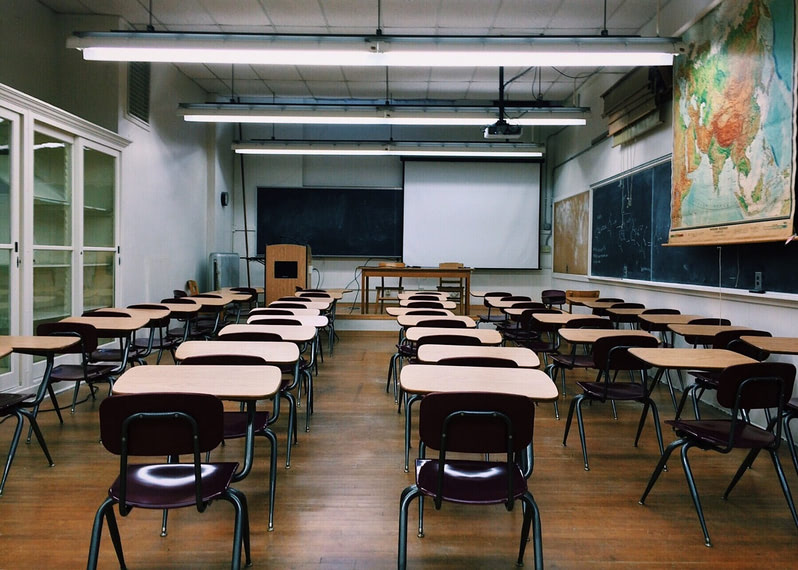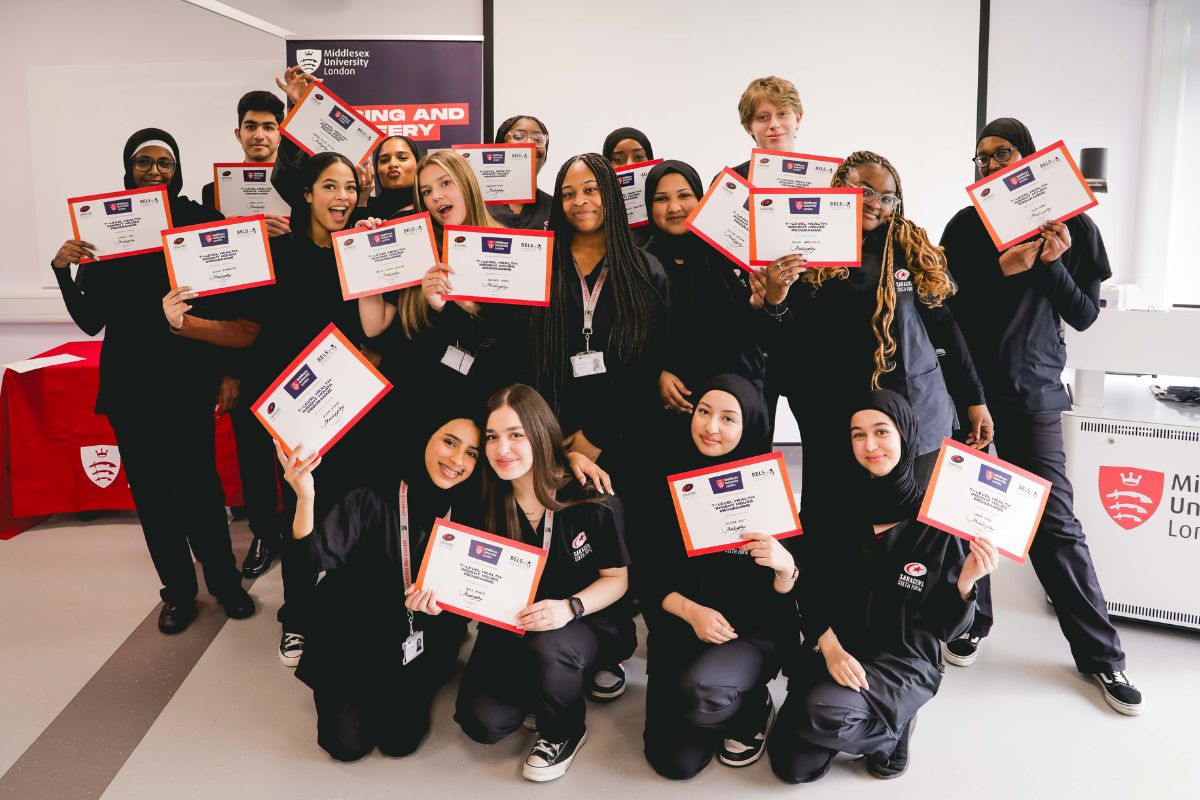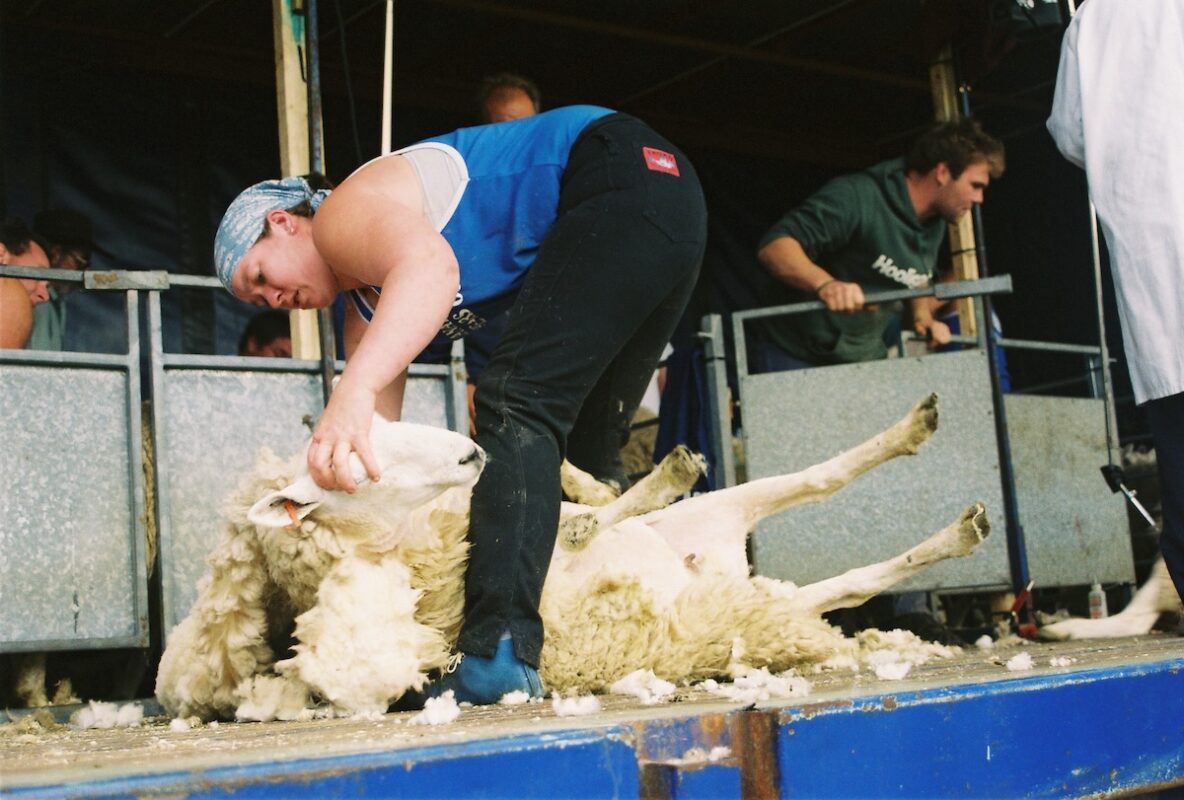A decade of cuts has left a £37 billion hole in our education and health services

New research reveals that the Tories have cut health and education spending by £37.3 billion since 2010.
The Department for Health and Social Care (DHSC) budget has only increased by an average of 1.5% a year since 2010/11 compared with an average of 3.3% increase that is widely acknowledged as required to keep spending in line with demand and performance at a standstill. This has left the NHS £23.5 billion worse off over the last decade.
Latest figures also show that since 2010/11 education spending across the UK has been cut by £13.8 billion.
While successive Tory governments have pushed our public services into crisis, Labour will increase the DHSC budget by an average of 4.3% in real terms over the course of the next Parliament, and invest an additional £25 billion in schools over three years compared to £14 billion promised by the Conservatives.
Andrew Gwynne, Labour’s National Campaign Co-ordinator, said:
“Britain’s education and health services are the cornerstones of our communities and a decade of brutal austerity has cut them to the bone, having a devastating effect on lives across the country.
“The Tories continue to lie about their future plans, misleading the public on their plans for hospitals, nurses and schools funding. The NHS is entering the worst winter crisis on record, there is a shortage of 43,000 nurses and four out of five schools are still going to be worse off next year.
“Labour will make our public services the best and most extensive in the world and deliver the real change we need.”
The Tories have spent a decade cutting funding to our public services with dramatic impacts on people’s lives. New research shows that the Tories have left a £37.7 billion hole in education and health funding, while the IFS says the Conservatives plans have austerity “baked in”.
You can’t trust the Tories with education
Total education spending has been cut by £13.8 billion in real terms since 2010/11.
|
UK education spending (2019-20 prices) |
|
|
Real-terms level (£bn, 2019-20 prices) |
|
|
2009–10 |
£105.0 |
|
2010–11 |
£106.6 |
|
2011–12 |
£99.4 |
|
2012–13 |
£94.8 |
|
2013–14 |
£93.7 |
|
2014–15 |
£93.0 |
|
2015–16 |
£92.0 |
|
2016–17 |
£90.0 |
|
2017–18 |
£89.2 |
|
2018–19 |
£91.2 |
|
Total difference |
£13.8 |
IFS, 2019 annual report on education spending in England, Data Tables, figure 1.1, https://www.ifs.org.uk/publications/14369
In schools, per pupil spending has fallen by £539 in real terms.

IFS, 2019 annual report on education spending in England, Data Tables, figure 3.1, https://www.ifs.org.uk/publications/14369
Spending on further education and skills for 16 to 18 year olds has been cut by nearly £2 billion, meaning per pupil spending in further education colleges has fallen by £800 and in school sixth forms by £1,472.
IFS, 2019 annual report on education spending in England, Data Tables, figure 4.1, https://www.ifs.org.uk/publications/14369

IFS, 2019 annual report on education spending in England, Data Tables, figure 4.2, https://www.ifs.org.uk/publications/14369

Impact on schools
There are now 24,958 unqualified teachers in state-funded schools – a rise of 28 per cent since 2012
|
Unqualified teachers (thousands) |
|
|
||
|
|
November 2012 |
November 2018 |
% Change |
|
|
All publicly funded schools |
19,500 |
24,958 |
28 |
|
DfE, School workforce in England: November 2018
https://www.gov.uk/government/statistics/school-workforce-in-england-november-2018
DfE ,School workforce in England: November 2012
https://www.gov.uk/government/statistics/school-workforce-in-england-november-2012
Up to 608,975 pupils are being taught by the 25,000 unqualified teachers in state-funded schools in England.
|
|
Number of unqualified teachers |
Average class size |
Total number of children taught by unqualified teachers |
|
All publicly-funded schools |
24,958 |
24.4 |
608,975 |
There are now over seven times as many ‘titan’ primary schools (those with over 800 pupils) than there were in 2010.
|
Jan-10 |
Jan-19 |
% change since 2010 |
|
|
Number of primary schools with over 800 pupils |
16 |
128 |
700% |
The number of children crammed into these ‘titan’ primary schools has grown considerably in the last seven years, with 119,571 children currently crammed into primary schools of over 800 pupils.
|
Jan-10 |
Jan-19 |
% change since 2010 |
|
|
Number of pupils in schools with over 800 pupils |
13,700 |
119,571 |
773% |
|
Number of pupils in schools with over 1000 pupils |
0 |
27,027 |
DfE, Schools, pupils and their characteristics: January 2010
https://www.gov.uk/government/statistics/schools-pupils-and-their-characteristics-january-2010
DfE, Schools, pupils and their characteristics: January 2019
https://www.gov.uk/government/statistics/schools-pupils-and-their-characteristics-january-2019
- Labour analysis of data from the House of Commons Library shows that in 2019 there were nearly half a million (470,104) children in super-sized classes, compared to 365,150 in 2010. This is an increase of nearly a third (29%)
- The number of adults achieving a qualification in English and Maths has fallen by 40 per cent since 2011.
- In 2011 there were 633,000 adults achieving a qualification in either English, Maths or ESOL (English for Speakers of Other Languages) but this had fallen to 418,500 in 2017/18.
- The number of adults currently learning is at its lowest point since 1996.
A Labour government will:
- Invest an additional £25 billion in schools over three years compared to £14 billion promised by the Conservatives.
- Cap all class sizes at 30 by recruiting nearly 20,000 more teachers
- Guarantee that every child is taught by a qualified teacher, ensuring around 25,000 currently unqualified staff are fully trained during Labour’s first term in office
- Ensure teachers will have more time for lesson planning and professional development
- Invest in ensuring that all school buildings are safe, with a new fund of over £7bn to tackle the backlog of vital but overdue repairs and install safety measures such as sprinklers
- Close the gap in funding for pupils with Special Educational Needs and Disabilities, with extra funding to reverse deficits in the High Needs Budget
- Fully reverse cuts to the Pupil Premium, and increase spending on it above inflation to support the most disadvantaged pupils.












Responses